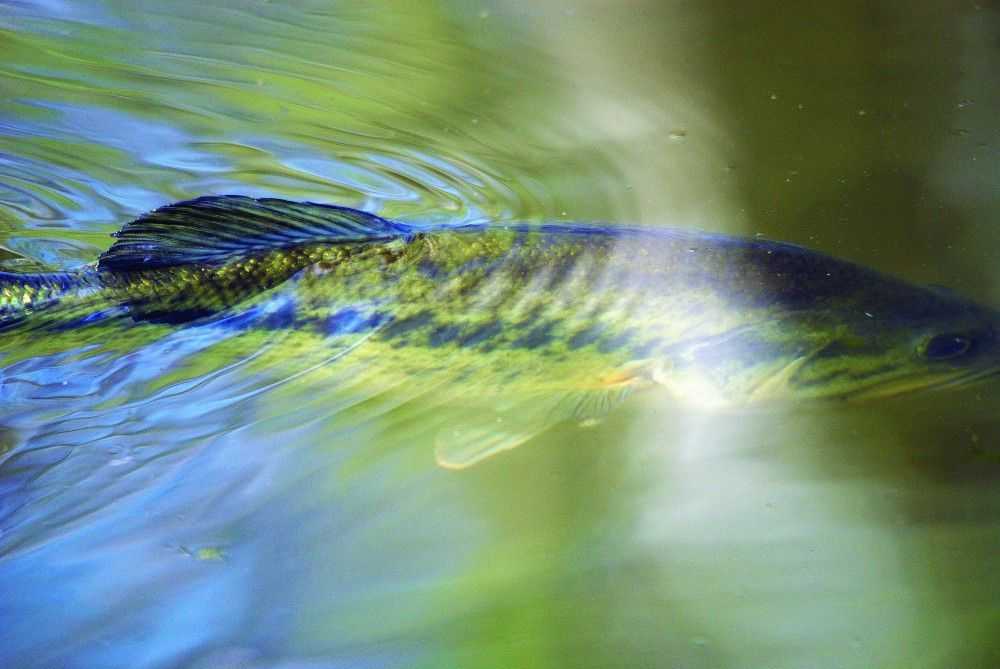Photo by Joshua Mayer
New Bass Regulations Begin July 1
Sweeping changes to Florida’s freshwater bass regulations go into effect July 1. Anglers will be allowed to keep smaller, more abundant largemouth bass. Length limits for black bass species will be changed, and many specific rules for different water bodies will be eliminated.
“The intent is to simplify existing rules and increase abundance of larger bass statewide,” said Tom Champeau, director of the Division of Freshwater Fisheries Management.
Black bass are the most popular group of sportfish in North America. In Florida, they include largemouth bass and more specifically the genetically unique Florida bass that is renowned for its trophy potential. Other black bass species in Florida include Suwannee, shoal, spotted and Choctaw basses that thrive in the northwest areas of the state, primarily in rivers.
Black bass regulations have evolved over the past century as scientists learn more about the species, their habitat requirements, population dynamics and angling impacts. The FWC has been a leader in determining better ways to manage harvest not only with hands-on experimentation but also by monitoring successes and failures of bass regulations in Florida and other states and evaluating the results. Integrating social science with biological research allows the FWC to develop measures that are justified biologically while accommodating angler opinions, attitudes and behaviors.
After July 1, the new rule will eliminate the three zones that currently regulate bass harvest along with 42 site-specific regulations for largemouth bass. This simplification has been a long-standing desire of anglers and resource managers.
Anglers may still keep up to five black bass (all species combined) of any size, but only one bass 16 inches or longer in total length may be kept per angler per day. For Suwannee, shoal, Choctaw and spotted basses, the current 12-inch minimum size limit remains in effect, but there will be no minimum length limit on largemouth bass. In addition, the proposed changes include a catch-and-release-only zone for shoal bass in the Chipola River.
Anglers are practicing voluntary catch-and-release at record levels. While reduced harvest of large bass is beneficial, allowing more bass under 16 inches to be kept may improve some fisheries by reducing competition so other individuals grow faster and larger.
The existing bass tournament permit program will continue to allow anglers participating in permitted tournaments temporary possession of five bass of any size. This successful program has been in place for over 20 years and allows delayed-release bass tournaments to remain viable, but requires proper care, handling and release of all bass caught during the tournament (even those that could otherwise be legally harvested).
Meanwhile, the FWC’s TrophyCatch program (www.TrophyCatchFlorida.com) continues to reward anglers for registering, documenting and releasing bass heavier than 8 pounds. This incentive-driven, citizen-science initiative further ensures recycling of the trophy bass that anglers from all over the world come to Florida hoping to catch.
The FWC will advertise details of the changes in the new regulation summary (July 1, 2016-June 30, 2017), on-line, via FWC apps, on signs at boat ramps and fish management area kiosks, and at local bait-and-tackle stores. The FWC will monitor the results, but anticipates the simplification will make it easier for anglers, while resulting in more bass longer than 16 inches being caught and released routinely by anglers in the future.
